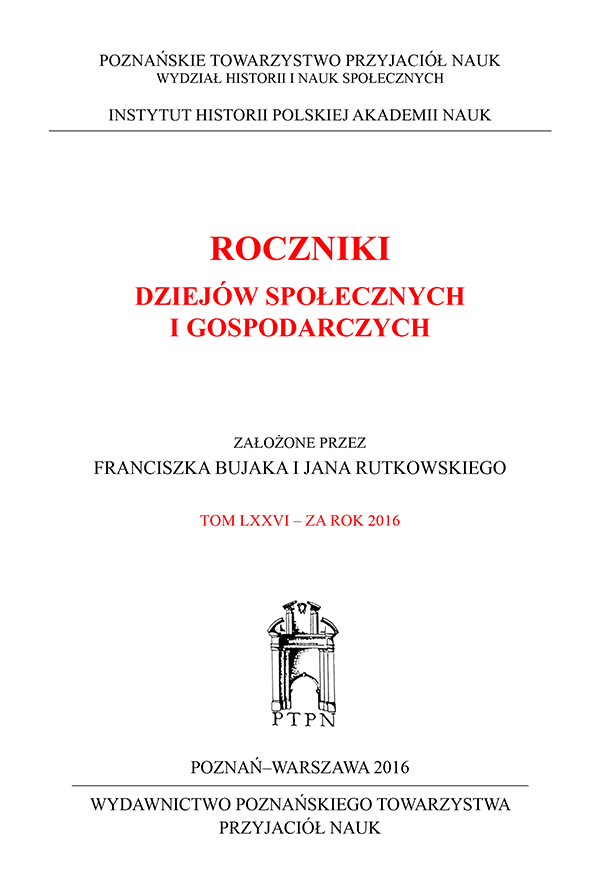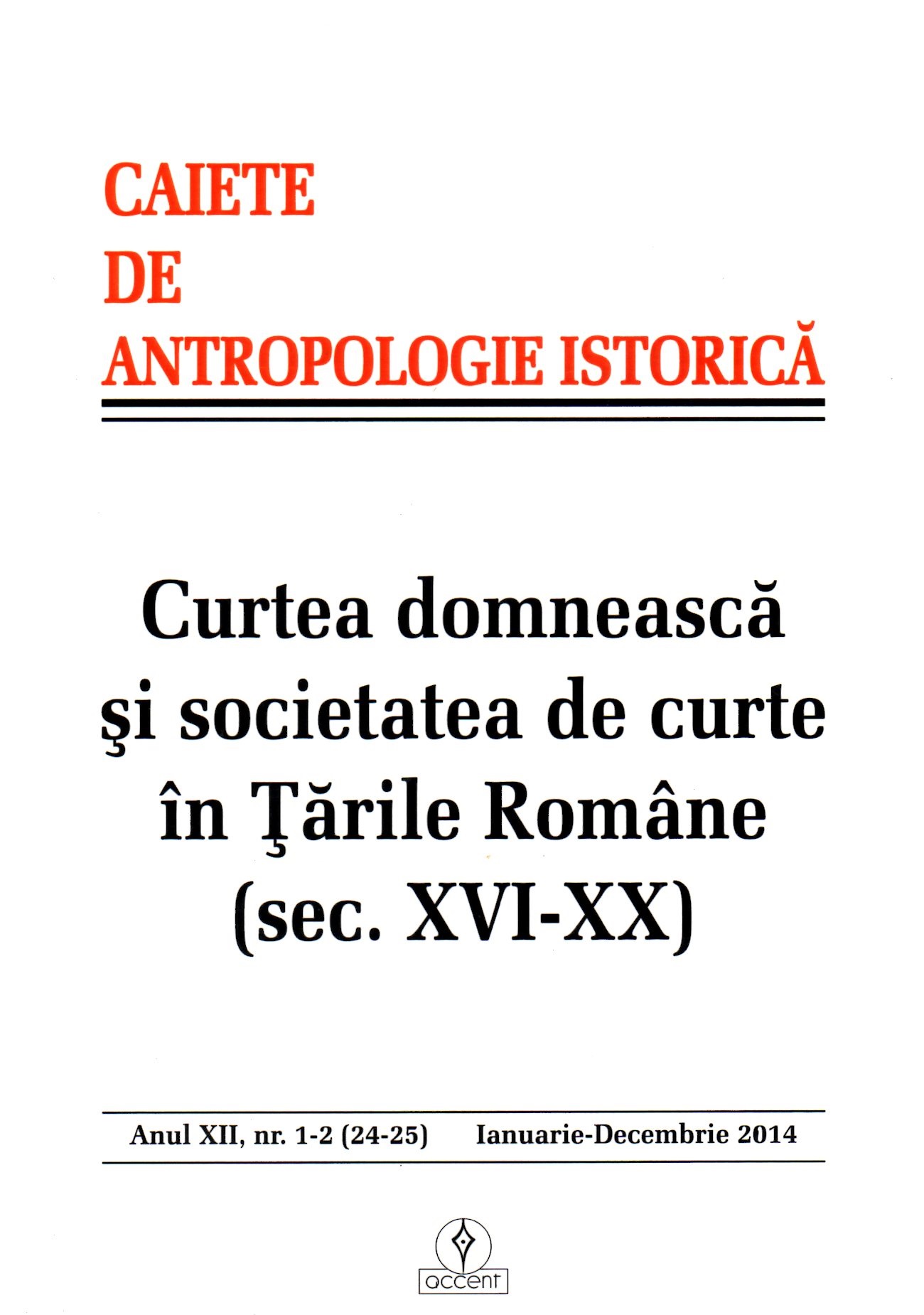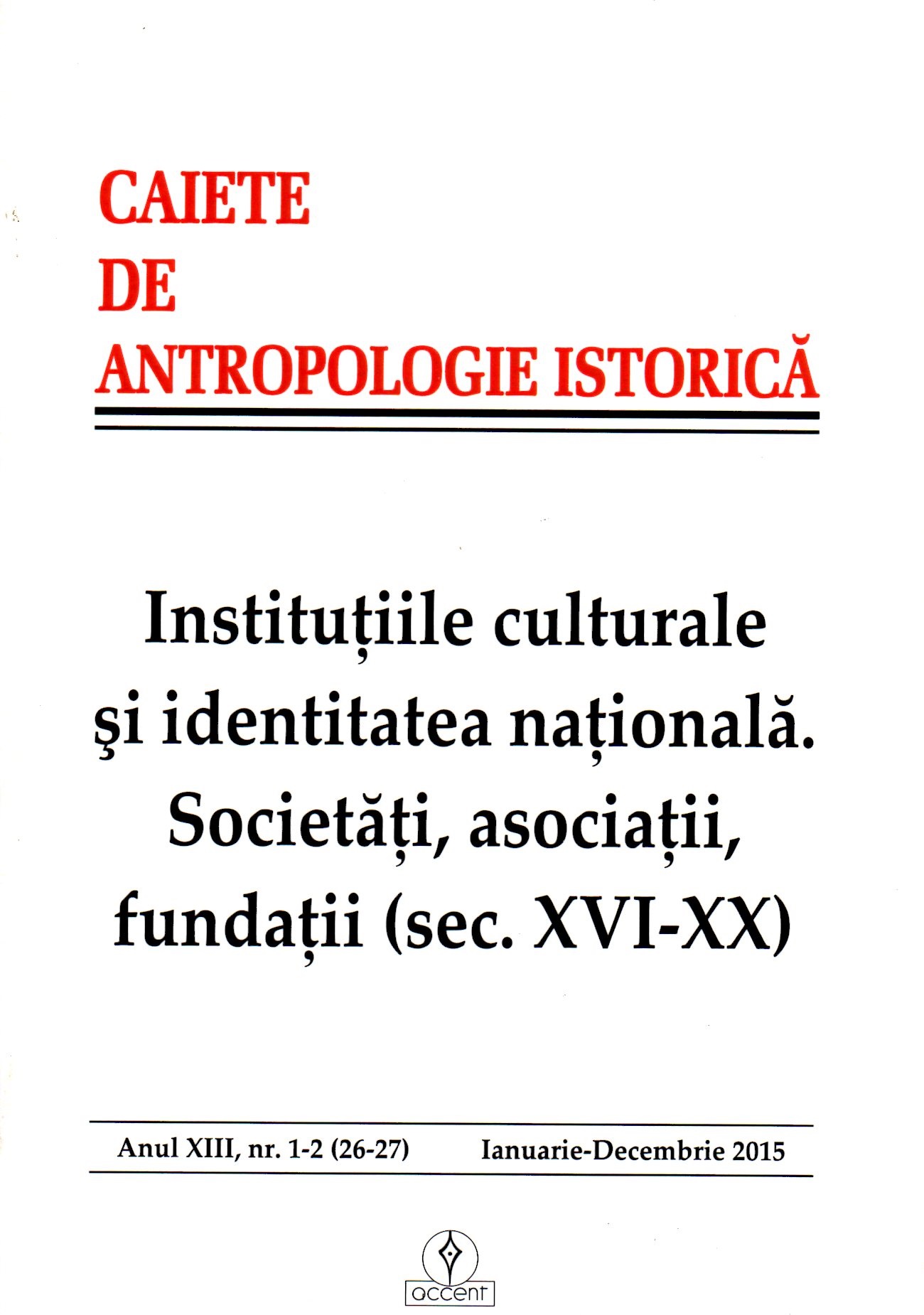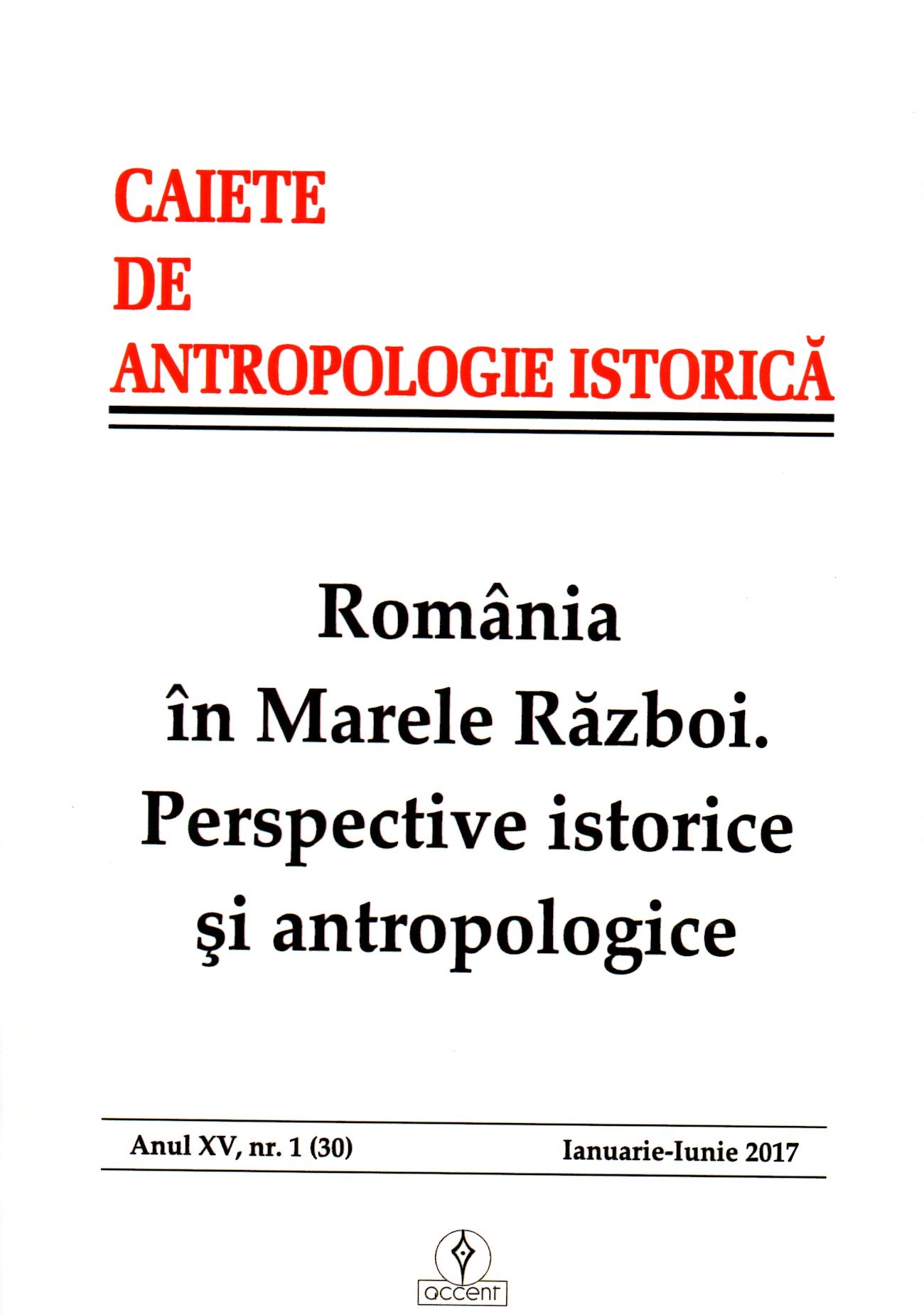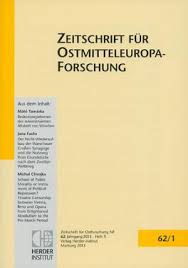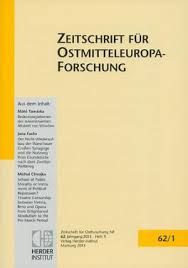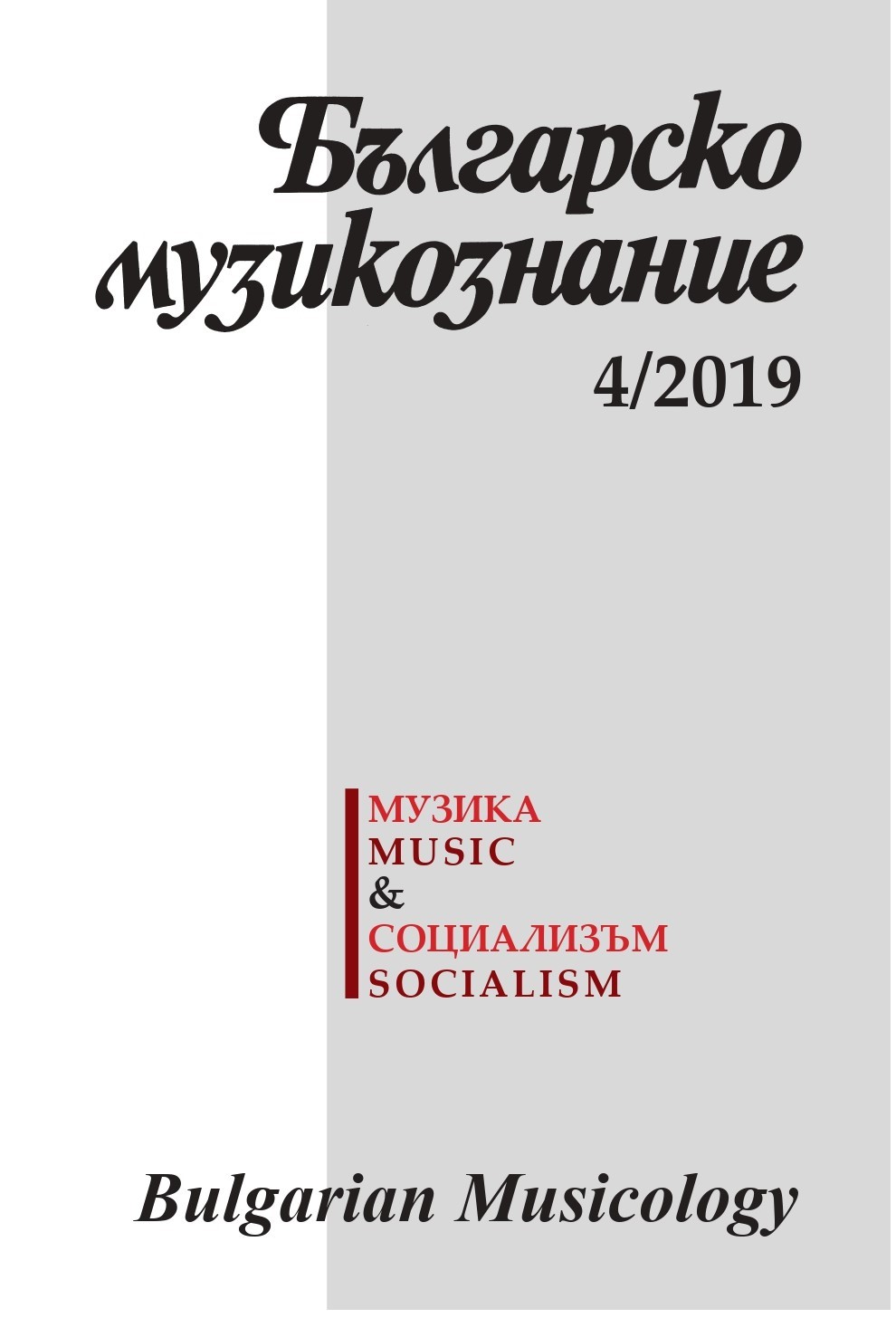Author(s): Ștefania Dinu / Language(s): Romanian
Issue: 24-25/2014
The serving of the meal, a mandatory daily moment, is in equal measure, an element of socialization with multiple cultural valencies. The meal, its own manner of planning, of mise-en-scène, the menus, their contents but most of all the manner of their presentation, have literally reached the status of genuine art, and from this point of view they constitute themselves in significant elements for any type of society, be it courtly or popular. At the Romanian royal courts of Carol I and Ferdinand I, the meals were diverse, in the sense that lunches and dinner parties were organized on the occasion of such events as the visits of certain political, cultural and military personalities, appointments in office; festive meals celebrating the national holiday on May 10, the celebrations of the crowning; weddings and wedding engagements; traditional Easter and Christmas holidays, to which we may add the daily meals of the royal family and its guests. The royal menus testify to the nutritional diversity, the artistry, good taste and gastronomical refinement, through both the content and the manner of cooking the dishes served at the royal table, and the manner of presentation and serving. The good taste, the refinement and moderation, as well as the high standards of the Romanian sovereigns do not seem wasteful, exaggerated or ostentatious in a gratuitous manner. On the contrary, from the manner of cooking, the content of the menus and the manner of presentation, the royal meals offer a good example of assuming high culinary standards, gastronomical art contributing as well alongside other symbolic elements, to the image and the prestige of the royal court of Romania in its glorious era.
More...
